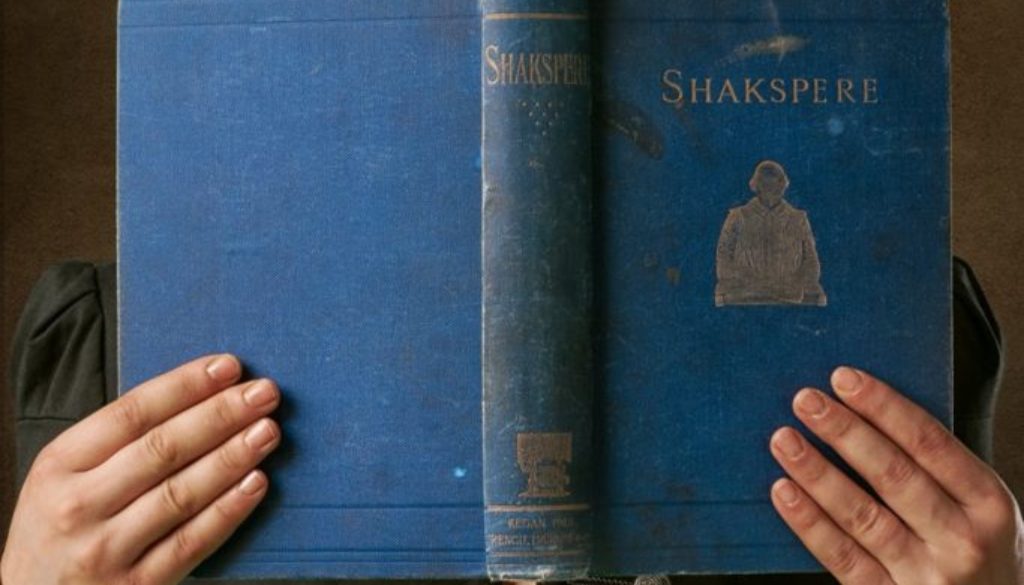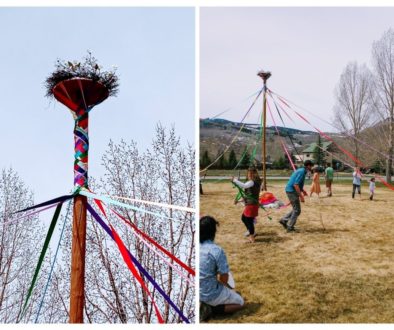Reciting Poetry in the Classroom
When I was about eight years old, I was a colossal fan of Little House on the Prairie. In the one-room schoolhouse that Laura Ingalls attended, she was made to recite really long poems. I was always stunned, and then remembered, ‘it is just television.’ I’m quite sure that’s why my school never made us memorize really long poems. (8-year old thinking)
Following my passion for Little House on the Prairie, I, of course, became enamored with ‘the olden days’ and found myself volunteering at the Ohio Village, a living history museum. I soaked up every tidbit of information I could and visited every museum and history center in Ohio and other states I had visited.
I discovered that reciting poetry had once upon a time been a practice in schools since the early Roman Empire days. And it turns out that Poetry, as far back as the Gilgamesh Epic all the way up to the late to early 1900s, carried some kind of pattern.
I’m sure you know that I am referring to meter and rhyme. Poetry was often recited or sung as a way to share history or share our observations of the world around us.
But, somewhere between the late 1800s and mid-1900s, poets began to write more informally and with ‘whimsy.’ Poets like Eliot instructed us to “seek the non-poetic, to seek even material refractory to transmutation into poetry.” This newer style of poetry was and still is more difficult to memorize and recite. I wonder if this contributed to many schools and teachers no longer requiring the memorization and recitation of poetry in the classroom.
You see, poetry ‘of old’ was written with a predictable and memorable (and highly formalized) script where rhymes hinted at their partners – proceeding lines. Small groups of words also soon became memorable phrases in our everyday language. This formality contributed enough clues to restore the whole, so to speak, bringing ease to our memorization that is as satisfying as solving a crossword puzzle.
I read this analogy in an article I found, “Gray on a White Night: Reconstructing the Elegy through the Small Hours” in the London Times of April 22, 1960, and I love it.
So, it seems the result of memorizing ‘free verse poetry’ is: many people banging their heads against a wall trying to solve a crossword puzzle with only half the clues.
So, why should we bring the memorization of poetry back into the classroom? As young as 3 years old, my Japanese students cited daily morning and afternoon verse and also cited a daily ‘monthly seasonal poem’ by the likes of Yeats, Tennyson, Issa, Dr. Seuss, etc.
I witnessed with my own eyes what the experts write:
- Reciting poetry is a powerful way to understand language and build confidence. For our kids who need small victories, mastering one poem is a welcome vindication and relief.
- Children learn to pick up patterns and sequences in poetry recitations. As they practice memorizing the poetry to recite, it links memory with audio and visual events, helping them develop memorization skills.
- Being proficient in memorization, patterns, and sequences gives students an advantage in learning new languages, reading comprehension, and mathematics.
- Recitation is the perfect introduction to public speaking skills. All students need to speak effectively in front of others, whether their future holds formal speaking opportunities or not.
- Students learn a poem that will likely stay with them for years, if not forever. Poems contain mysteries and complexities that reveal themselves slowly—and sometimes even suddenly—over time.
- Reading rhyming poetry out loud makes it easier for younger children to learn new vocabulary words.
- Children reciting rhythmic poetry learn and understand pitch, voice inflection, and volume.
- When reciting poetry, students are given the freedom to express feelings to their audience. It is a form of self-expression with the creativity of words and emotion to convey a message to the audience.
- Students who recite poetry are aware of breath coordination, movements of the mouth, and other physical gestures as they align them to the poetry’s rhythm. They also make use of gestures and facial expressions to connect with their audience on an emotional level.
Here is an example of a child reciting a poem. One of my 6th graders chose this to recite in my class:
I am very grateful for the Waldorf curriculum from which we draw and its practice of reciting verse daily. Each grade level offers opportunities for memorizing songs and poems that bring depth and richness to these children’s lives, in addition to the benefits listed above.




